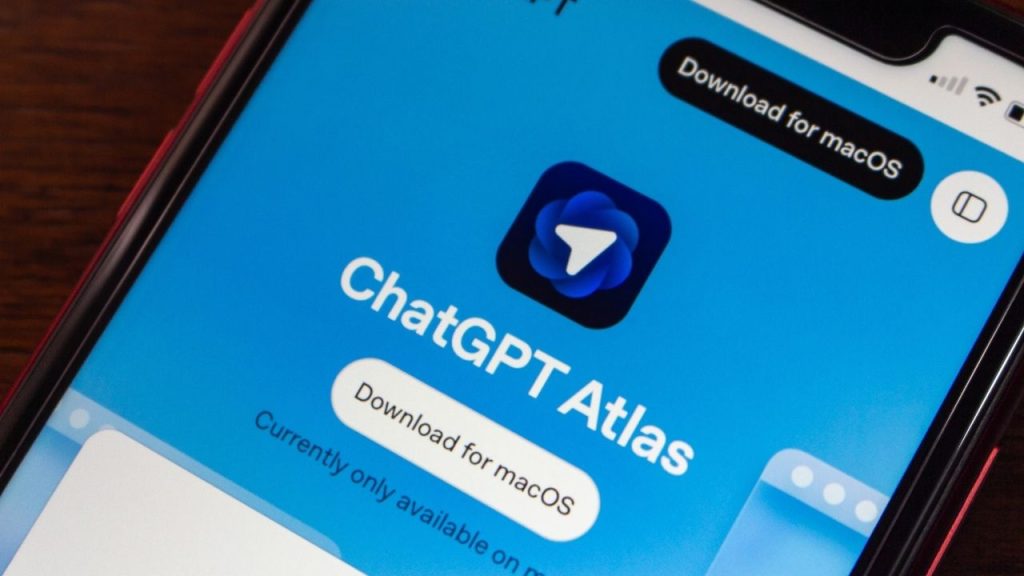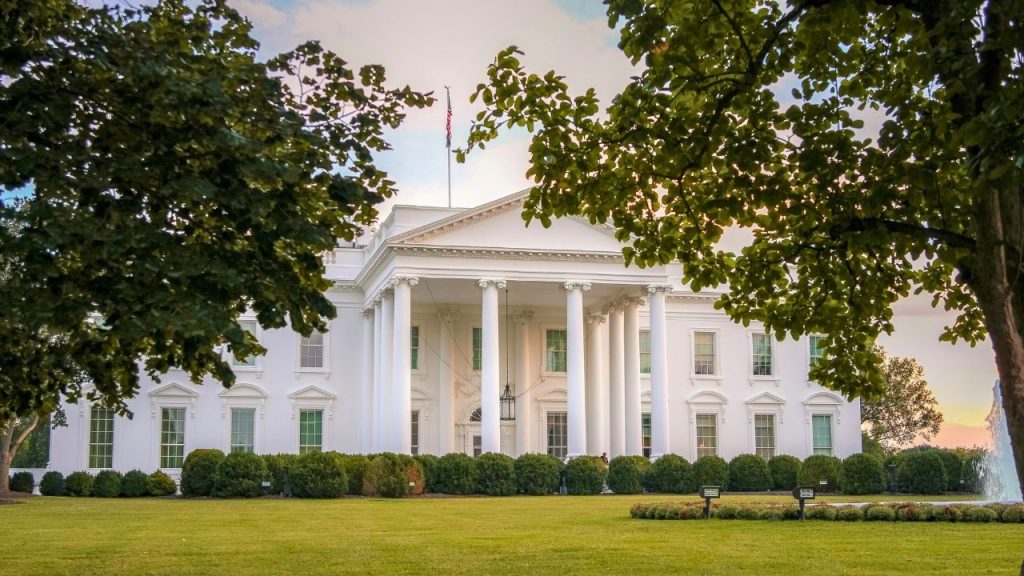For a generation that came of age in a world of health-obsessed wellness trends and climate anxiety, drinking for the sake of drinking no longer carries the same cultural weight.
Across the U.S., non-alcoholic spirits, beers, and mocktail menus are booming, and at the heart of this shift is Gen Z’s growing influence on how Americans socialize after dark.
The alcohol-free beverage category is set to break the billion-dollar threshold this year, with momentum accelerating across demographics and sales channels. Retail sales of nonalcoholic beverages have risen 67 % since 2022, even though they still represent less than 1 % of total alcoholic beverage sales.
Globally, non-alcoholic drink sales hit $20 billion in 2023, double what they were five years earlier. Non-alcoholic spirits, while still a small slice of that pie, are projected to grow at nearly 37% over the next few years.
Gen Z, Sober Curiosity & Shifting Social Rituals
Roughly one-third of Gen Z adults now abstain from alcohol altogether, with many others adopting deliberate moderation.
In recent years, the share of Gen Zers who say they plan to drink less rose by 53% year over year. Health, mental clarity, lower regret, and a perceived mismatch between heavy drinking and their values top the list of motivations.
Rather than reject social life, Gen Z is reimagining it. For many, the goal is to join friends without the hangover. According to one poll, over half of Gen Z drinkers say they often or sometimes choose non-alcoholic beers, mocktails, or low-ABV alternatives in social settings, and another ~22 % say they’re curious to try them.
The growing popularity of “dry months” like Dry January and Sober October reinforces that this is less about prohibition and more about experimentation and moderation.
One striking cultural example is coffee raves, aka sober dance parties fueled by espresso rather than liquor, which are surging in popularity. In Cleveland, “coffee clubbing” events have jumped 478 % year over year.
These events reflect how nightlife is being recalibrated for people who want energy and community without intoxication.
What It Means for Bars, Restaurants & Nightlife
This shift places pressure on operators to evolve or lose relevance. Many bars now design entire “zero-proof” sections of their cocktail menus, using specialty syrups, aromatic bitters, botanical infusions, and fermented non-alcoholic spirits to maintain complexity.
Restaurants have reported that adding premium non-alcoholic beverages can boost revenue, especially among diners who would otherwise skip an alcoholic round.
“Zebra striping”, which alternates alcoholic and non-alcoholic drinks during a night out, is rising in popularity, reflecting Gen Z’s moderation mindset. Alcohol-free bars and lounges are opening in major cities, offering spaces for communities that don’t revolve around drinking.
What’s more, Gen Z tends to socialize at home or in small groups rather than heading out to traditional bars. That means the in-home experience matters too — ready-to-drink non-alcoholic canned cocktails, mocktail kits, and designer NA beverages are proliferating on shelves.
For bartenders, this creates both challenges and opportunities. Skills in balance, flavor layering, and spirit-like depth become more valuable than the ability to forcefully layer alcohol. Operators who lean into education, e.g., “zero-proof tasting flights,” may find loyal new clientele among the sober-curious.
Will the Zero-Proof Trend Last?
Even with strong tailwinds, the movement faces tensions. Some critics argue that economic constraints drive abstention more than values.
Others note that non-alcoholic options still carry a premium price. There’s also the risk of novelty fatigue if bars rely on gimmicky mocktails rather than substance, customers may revert to simpler options.
Yet indicators suggest the change may stick. The no-alcohol beverage category is no longer a niche. It’s becoming a mainstream lifestyle option.
As Gen Z becomes a larger share of the consumer base, their habits will shape how we “go out” in America. Bars and restaurants adapting to this new paradigm may not just survive; they may just get ahead.
Photo Credit: Cocktails (dashapetrenko/shutterstock)









